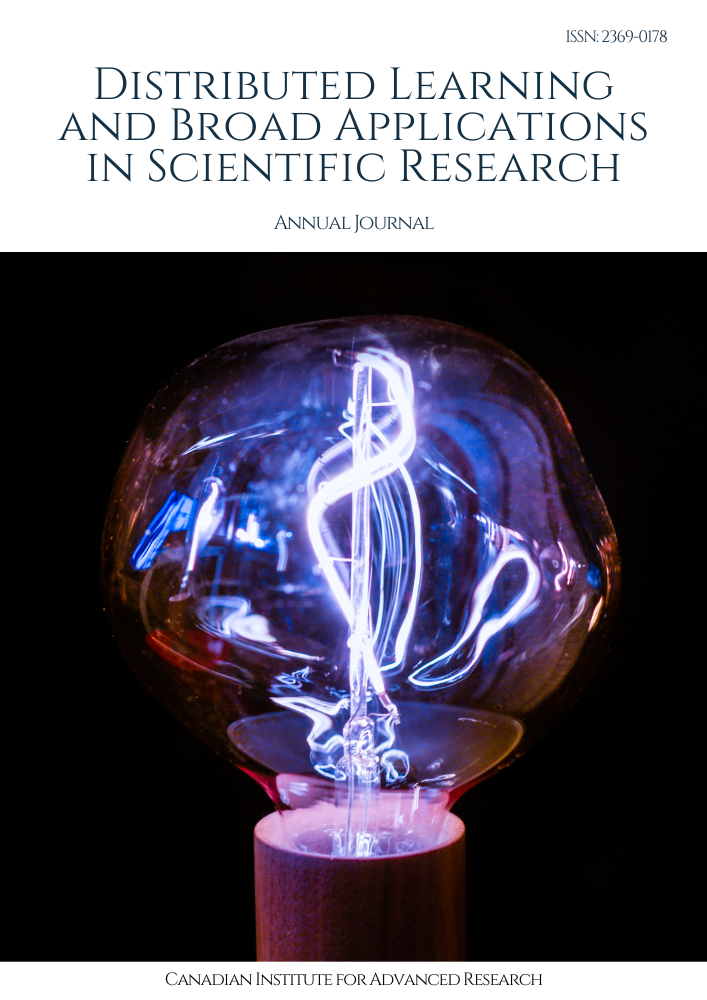Leveraging AI for Improved Insurance Product Development
Keywords:
AI, InsuranceAbstract
The insurance industry has witnessed a growing interest in innovations operating within the sphere of artificial intelligence. Although the importance of AI in different areas of insurance is significant, its application in insurance product development appeals to us to a great extent. The rise of AI has brought about changes in terms of speed, efficiency of calculation, decision-making processes, and most importantly, the paradigm of the insurance industry from product orientation to customer orientation, ultimately bringing about innovation.
The change started with the advent of machine learning algorithms, especially deep learning, in the insurance product sector. These algorithms provide an opportunity for the insurance industry to examine a substantial, heterogeneous data collection. As a result, they are perceived as sophisticated instruments that not only identify patterns in massive quantities of raw data but also recognize the real requirements, expectations, conduct, fitness, and disposition of the insured, prospects, and corporate clients in light of various practices, alternatives, technologies, and strategies in insurance. Artificial intelligence embodies machine learning and deep learning, as well as other significant transformers such as robo-advisory, data analysis, and blockchain operations. The objective of the present essay is: i. To map the transformation made by AI towards product design and delivery ii. To understand the market requirements of product design and delivery in the insurance sector iii. To study the realization of market demand, AI in product design and development in European insurance. iv. Recommend strategies and takeaways for practitioners in Europe regarding AI usage in decision-making for insurance product development. In collecting the information for the building of our theoretical discussion, we adopt a multidisciplinary approach.
Downloads
References
S. Kumari, “AI-Driven Cloud Transformation for Product Management: Optimizing Resource Allocation, Cost Management, and Market Adaptation in Digital Products ”, IoT and Edge Comp. J, vol. 2, no. 1, pp. 29–54, Jun. 2022
Tamanampudi, Venkata Mohit. "Automating CI/CD Pipelines with Machine Learning Algorithms: Optimizing Build and Deployment Processes in DevOps Ecosystems." Distributed Learning and Broad Applications in Scientific Research 5 (2019): 810-849.
Machireddy, Jeshwanth Reddy. "Data-Driven Insights: Analyzing the Effects of Underutilized HRAs and HSAs on Healthcare Spending and Insurance Efficiency." Journal of Bioinformatics and Artificial Intelligence 1.1 (2021): 450-470.
J. Singh, “The Future of Autonomous Driving: Vision-Based Systems vs. LiDAR and the Benefits of Combining Both for Fully Autonomous Vehicles ”, J. of Artificial Int. Research and App., vol. 1, no. 2, pp. 333–376, Jul. 2021
Tamanampudi, Venkata Mohit. "AI and DevOps: Enhancing Pipeline Automation with Deep Learning Models for Predictive Resource Scaling and Fault Tolerance." Distributed Learning and Broad Applications in Scientific Research 7 (2021): 38-77.
Ahmed Qureshi, Hamza, et al. “The Promising Role of Artificial Intelligence in Navigating Lung Cancer Prognosis.” International Journal for Multidisciplinary Research, vol. 6, no. 4, 14 Aug. 2024, pp. 1–21.
Singh, Jaswinder. "Deepfakes: The Threat to Data Authenticity and Public Trust in the Age of AI-Driven Manipulation of Visual and Audio Content." Journal of AI-Assisted Scientific Discovery 2.1 (2022): 428-467.
Tamanampudi, Venkata Mohit. "Autonomous AI Agents for Continuous Deployment Pipelines: Using Machine Learning for Automated Code Testing and Release Management in DevOps." Australian Journal of Machine Learning Research & Applications 3.1 (2023): 557-600.
Downloads
Published
Issue
Section
License

This work is licensed under a Creative Commons Attribution-NonCommercial-ShareAlike 4.0 International License.
License Terms
Ownership and Licensing:
Authors of research papers submitted to Distributed Learning and Broad Applications in Scientific Research retain the copyright of their work while granting the journal certain rights. Authors maintain ownership of the copyright and have granted the journal a right of first publication. Simultaneously, authors agree to license their research papers under the Creative Commons Attribution-NonCommercial-ShareAlike 4.0 International (CC BY-NC-SA 4.0) License.
License Permissions:
Under the CC BY-NC-SA 4.0 License, others are permitted to share and adapt the work, as long as proper attribution is given to the authors and acknowledgement is made of the initial publication in the journal. This license allows for the broad dissemination and utilization of research papers.
Additional Distribution Arrangements:
Authors are free to enter into separate contractual arrangements for the non-exclusive distribution of the journal's published version of the work. This may include posting the work to institutional repositories, publishing it in journals or books, or other forms of dissemination. In such cases, authors are requested to acknowledge the initial publication of the work in this journal.
Online Posting:
Authors are encouraged to share their work online, including in institutional repositories, disciplinary repositories, or on their personal websites. This permission applies both prior to and during the submission process to the journal. Online sharing enhances the visibility and accessibility of the research papers.
Responsibility and Liability:
Authors are responsible for ensuring that their research papers do not infringe upon the copyright, privacy, or other rights of any third party. Scientific Research Canada disclaims any liability or responsibility for any copyright infringement or violation of third-party rights in the research papers.
If you have any questions or concerns regarding these license terms, please contact us at editor@dlabi.org.



